No products in the basket.
Blog
A Guide to Domestic Sewage Treatment Plants
While the vast majority of the UK’s population relies on the main sewage system to discharge waste away from properties, it’s estimated that around 5% of houses and dwellings need to depend on off-mains solutions due to their rural location. There are a number of available options for such situations, including a septic tank, cesspool or domestic sewage treatment plant, however the latter is usually the most viable and more widely preferred choice.
Despite being the most effective solution, there are still numerous factors you should consider before you choose to install a domestic sewage treatment plant, so in this article we provide a brief overview of how they work, as well as some of the key actions and decisions that you will need to make before you proceed.
Treatment Plant Advantages
One of the main reasons why domestic sewage treatment plants tend to be the more popular choice is because even though septic tanks are fairly low maintenance and usually less expensive, they can only be installed alongside a soakaway system. This is because current legislation dictates that septic tanks should not be discharged into a natural water source due to pollution and environmental damage, so as a result, septic tanks are unusable in areas where the ground isn’t porous enough to accommodate a soakaway system.
In addition to meeting environmental regulations, domestic sewage treatment plants also tend to be cheaper to run over a longer time frame, even though the initial outlay costs may be higher – this is because they generally only need to be emptied on an annual basis as they collect a very low level of sludge thanks to the treatment process itself, whereas other sewage systems need to be emptied more frequently which can quickly build up running costs. Treatment plants are also the most eco-friendly solution for dealing with sewage waste within a rural setting as they don’t omit ammonia – which can be harmful to wildlife and the surrounding natural habitat – and the resulting non-polluting effluent discharged by sewage treatment plants is usually around 95% clean.
How Treatment Plants Work
While septic tanks and cesspools are used to collect and store sewage waste until it can be emptied during a routine service, sewage treatment plants actually clean it, hence the name, so it can be discharged without causing pollution or damaging the surrounding area. They do this across three main treatment stages, which begins with sedimentation in the first chamber within the plant, which is where gravity is used so that liquid waste floats to the top and is then separated from the solid waste by clarification machines. The remaining sludge – which is the industry term generally used to describe solid waste – is then stored until the treatment plant is professionally serviced and the solids are taken away for disposal, while the liquids are moved along to the plant’s aeration chambers.
The aeration stage involves compressed air being fed into the chamber via an electricity-powered pump (or multiple pumps in some cases), which lifts the oxygen content level of the liquid waste. This facilitates the growth of useful bacteria, which works to disinfect the liquid waste. Once the waste water is decontaminated and the bacteria has settled, the bacteria is moved to the first chamber for later removal while the treated waste water is ready for discharge into either a local natural water source such as a river or stream, or an installed soakaway system.
Regulations and Permits
There are several regulations that you should be aware of when looking to install any type of sewage treatment facility, as it is likely that you will need some level of consent before you proceed. In the UK, all waste water treatment plants must be EN 12566-3 2005 certified, and it is your responsibility to ensure this is the case whether you have bought a property that already includes a domestic sewage treatment plant, or you’re looking to install a new one. You will also need to ensure that you have the necessary planning permission to carry out an installation – if the plant is part of a new build it’s possible that it will already be covered, however other permits may be needed so it’s always worth checking with your local authority. If you are planning on discharging waste water into natural waste sources, it’s highly likely that you’ll also need a permit from the Environment Agency.
You can find a wealth of information about the general binding rules for small sewage treatment plants – which are also sometimes known as package treatment plants – via the Government’s website. The Government’s documentation also clarifies how some of the regulations vary between England, Wales, Scotland and Northern Ireland.
Appropriate Sizing
There are different sizes of sewage treatment systems available depending on the domestic requirements, so it is important that you choose the right size for the job. As well as considering the size of the home or property that waste water will be sent from, you should also approximate the number of people who’ll be making use of the domestic facilities, which can include toilets, sinks, baths, and showers. In general, for a single property with no more than three bedrooms, you should allow for a minimum populace of five people, and for homes with more than three bedrooms, you should start with a base of five people and add an extra person for each additional bedroom – this same calculation can also be applied where there is a group of two buildings.
For larger groups of up to 25 people, the calculation alters and it’s recommended that the number of occupants or facility users should instead be multiplied by 0.9 to give you the final total, and where there are between 26 and 50 people, this should be adjusted to 0.8.
For commercial settings such as offices or factories, it’s usually advised that you look to install a system that can accommodate the waste based on around a third of the workforce size. This is because employees are expected to use waste-creating facilities much less than residents, however, you should always seek the advice of your specific supplier or plant manufacturer before you commit to a purchase.
For commercial properties you should also check that the waste being produced can be classified as domestic, as according to the Environment Agency this excludes effluent from chemical toilets, launderettes, commercial cooking facilities, and municipal or commercial swimming pools. You can find further information on this via the Government’s website.
Choosing the Ideal Location
Once you are confident that you know what size your domestic sewage plant needs to be, you will need to plan its location. Building regulations stipulate that any kind of sewage treatment units must be more than seven metres away from the foundations of any properties or holiday homes, and at least ten metres away from a watercourse. Although the everyday odours from a waste treatment solution aren’t usually extremely pungent, the smell is definitely a factor during the emptying process and as with any system that is powered by electricity, they also generate a fairly faint but constant noise, so it is recommended that you keep those points in mind when deciding on a location. You should also consider plant accessibility so it can be easily emptied when needed, and where possible, positioning a plant downhill from the waste sources can help to utilise gravity and boost the efficiency of the sewage effluent treatment process.
Equipment Requirements
As well as calculating what size of waste water treatment plant you are going to need, you will also need to assess how many sewage pump stations the system will require, the outfall of the treatment plant, and the depth of the underground drainage pipes required. In addition, you’ll need to make sure that an electricity source is available.
System Installation
Domestic sewage treatment plants should only be installed by experienced professionals largely because any errors can cause harm to residents, properties, wildlife and the surrounding environment. The job also involves several necessary steps, including testing the surrounding soil, calculating the amount of pipework that will be needed, connecting the sewage treatment system to a power supply, and excavating a sizable area of land for the system to be installed into.
Why does nutrient neutrality matter?
Nutrient neutrality is essentially something that is reached when a certain development or projects with areas of vulnerable watercourses does not lead to an increase in phosphate and nitrate levels. Excess phosphates and nitrates can lead to oxygen levels for fish and other aquatic life to be minimised which is not good. So why does this all matter? Well this is another reason as to why we stress the importance to follow all the necessary installation guidelines of sewage treatment plants, because if not there can be environmental damage caused which in some cases is illegal.
Ongoing Maintenance
Once your domestic sewage treatment plant is in place, it needs to be carefully maintained to ensure that it continues to function as required. Although you should check the guidance provided by the manufacturer of the system, it is generally advised that wastewater treatment plants are serviced at least once every year – this usually involves removing the solid waste so it can be properly disposed of off-site, as well as checking that the right level of microorganisms are present within the system to ensure that the liquid waste that’s being discharged is adequately treated.
It is also necessary to ensure that any wastewater treatment systems are properly protected from rainwater and sufficiently sealed throughout. Although a little rain may seem relatively harmless, any additional sources of water being added to a treatment system are likely to disrupt the bacteria growth and decontamination process, which compromises the system and means you could be unwittingly polluting the environment with contaminated waste. In some cases, rainwater could also cause your tanks to flood which can be an unpleasant issue to deal with.
Finally, you need to ensure that your treatment plant is being properly used for its intended purpose, which means ensuring that items that will cause blockages are not being carelessly flushed away within the corresponding household or building. This includes bulky items such as nappies, baby wipes, and sanitary products, as well as food waste, which are all common causes of blockages within any type of drainage pipe system and should be disposed of via an alternative method. It is also recommended that you avoid using antibacterial cleaning products because, by design, the chemicals that they contain will likely offset the balance of bacteria within the sewage treatment system and impact how effectively it treats waste before discharging it.
Market-Leading Products
At EasyMerchant we stock domestic sewage treatment plants produced by some of the world’s most reliable manufacturers, including Harlequin, which offers a HydroClear plant that removes over 96% of pollutants from waste water, making it a market-leading product. We also sell sturdy septic tank systems if you are looking for an alternative solution, as well as septic tank treatment which contains natural biological enzymes.
If you’re unsure which solution is right for you and you’d like some expert recommendations, our Customer Service team is on hand to answer any questions you may have – for further information about any of the products or treatment plant models that we offer, just give us a call.
Shop Sewage Treatments:
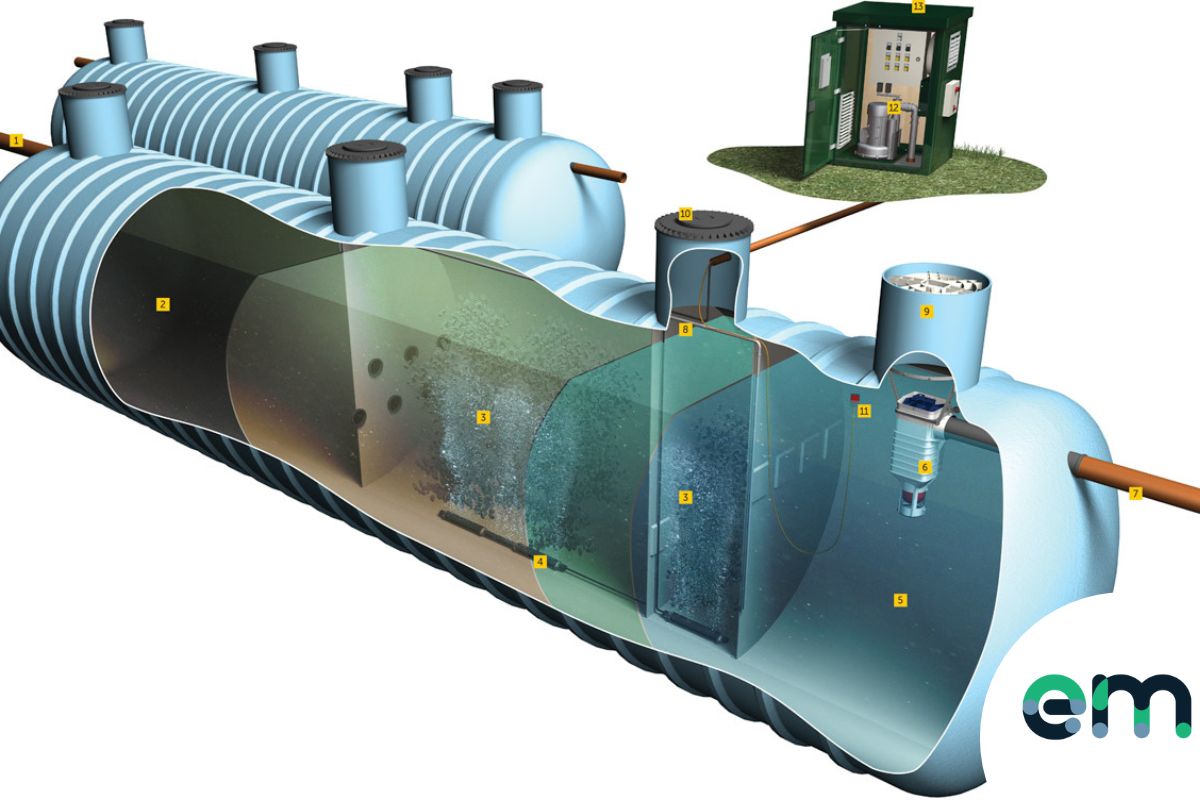
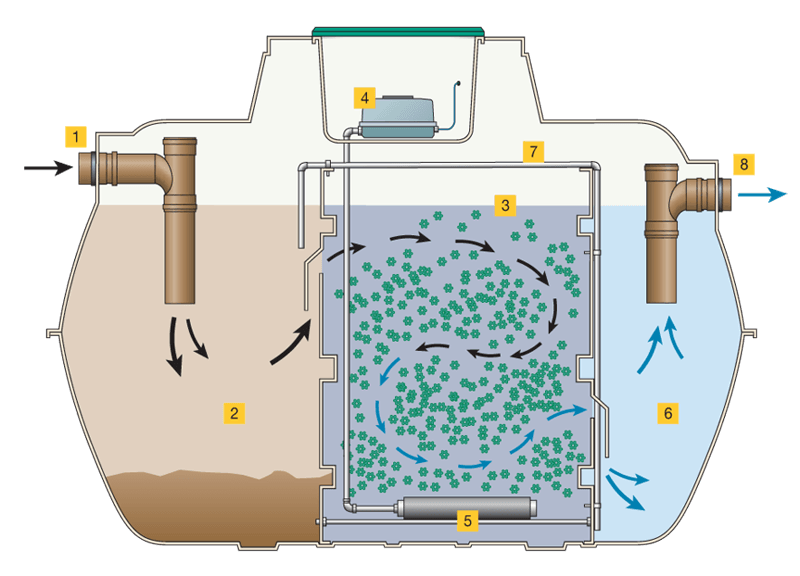
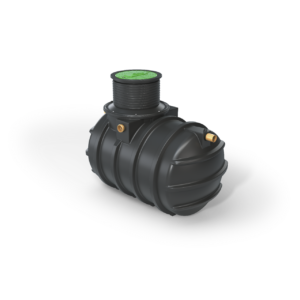
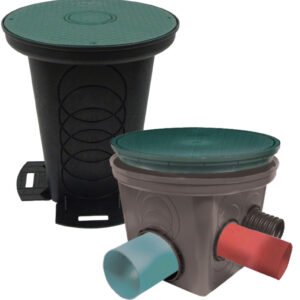
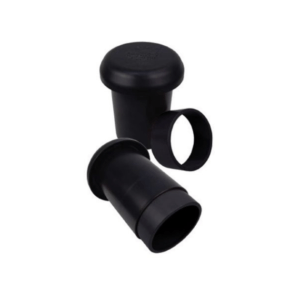
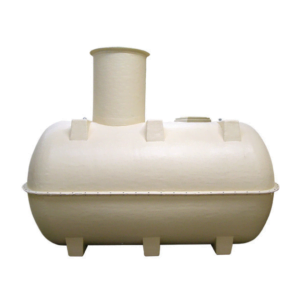
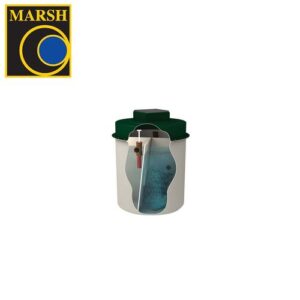
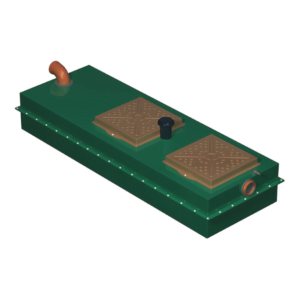
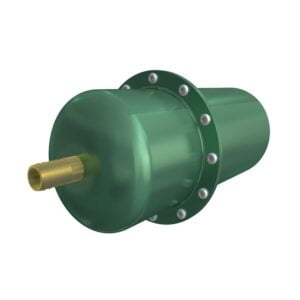
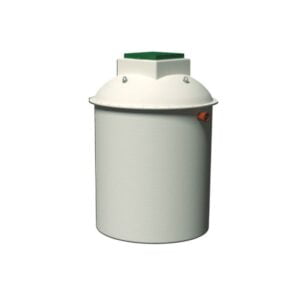
Goood afternoon.
I have planning permission to build my house. I have a stumbling block over which sewage system I have to use.
The Council say that I have to have a ‘sealed system’ so that no water can eacape. I’m told that this would make the house hard to sell.
Which is the most nutrient neutral system you sell?
Need to size and cost a sewage treatment plant for my house which accommodates between 9 and 15 persons. The property is on 3 levels and the land measurement is about 1500 square yards
I need a treatment plant for an rv park stage one forty eight units